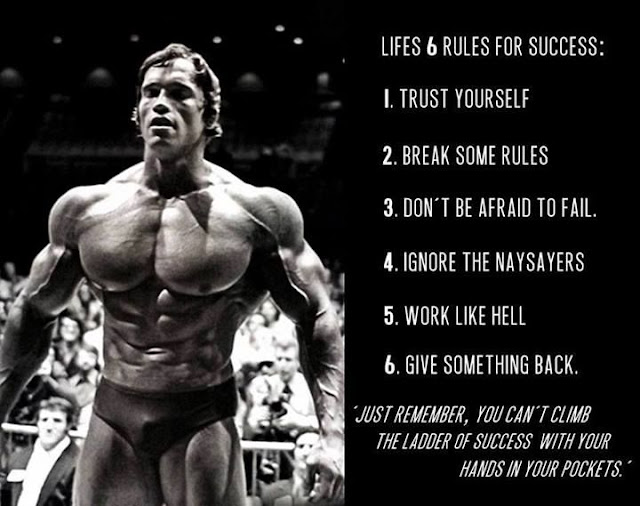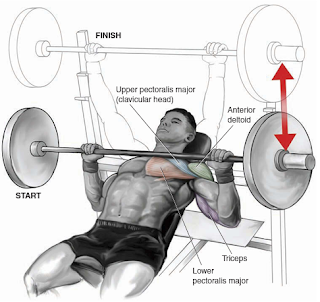by Ram
 |
| Taking Out The Garbage by Edith Vonnegut* |
I was at an Ayurveda conference last year when one of the participants approached me to discuss her mother, who was diagnosed with HD. Being a neuroscientist, I assumed HD to be Huntington’s disease, a neurological condition that results in the progressive breakdown of nerve cells in the brain. In the middle of the conversation I realized that she was referring to another condition: Hoarding disease. I was puzzled because I never thought of hoarding as a disease.
As I kept reading about this condition from various sources, I was amazed to learn that hoarding disorder (HD), as it’s officially known, is a serious condition that is as common as schizophrenia, bipolar illness, and obsessive-compulsive disorder (OCD). In the latest version of the DSM manual (Diagnostic and Statistical Manual of Mental Disorders), hoarding, which was previously classified under OCD, is now classified independently of OCD suggesting the higher prevalence and seriousness of this disease. A recent review published in the “Journal of Psychiatric and Mental Health Nursing” found that 2-5% of the population met the criteria for hoarding disorder. According to the Mayo Clinic:
“Hoarding disorder is a persistent difficulty discarding or parting with possessions because of a perceived need to save them.”
As a result, any thought of getting rid of the items triggers serious mental stress to the individual. Excessive accumulation of items, regardless of the actual value, often creates cramped living conditions with homes/garages that are filled to capacity and narrow pathways leading through mounds of clutter. The clutter may include but is not limited to household utensils, paper materials (e.g., mail, cards, books newspapers), clothing, containers (e.g., boxes, paper and plastic bags), garbage, rotten food, pet’s stuff, and, of course, wealth. Hoarding disorder ranges from mild to severe, and may not have much impact in some cases, while in other cases it seriously affects the individual’s functioning on a daily basis. Symptoms of hoarding disorder begin relative early (around 30) and worsen with age. People with hoarding disorder often don't see it as a problem, making the diagnosis and treatment challenging. Attempts to “de-hoard” usually fail since the problem may recur, often within a few months. Moreover, hoarders whose homes have been cleared without their consent are known to experience extreme distress and may become further attached to their possessions thus putting them in a downward spiral of the disease.
Medicines alone may help reverse some of the associated symptoms such as depression, fear, worry, and/or anxiety but does not appear to reduce the hoarding behavior. Psychologists and counselors suggest the following:
- Hoarders need to be sympathized and held with respect
- Help the person to recognize that hoarding interferes with every aspect of life
- Find out what will help motivate the person to discard or organize
- Encourage the hoarders to come up with suggestions to clear the clutter to make their living environment safer
According to Patanjali, coveting material wealth increases greed and possessiveness, and distracts an individual from doing a charitable act. But hoarding is not just about accumulating material possessions but also about filling/holding thoughts and emotions that affect our normal mindset and thinking process. We tend to fill our minds with fear, worry, anxiety, grief, anger, rage, jealousy, and judgments, among others ,and we do not let go of these emotions. Over time, these emotions build up and accumulate as unexpressed or suppressed emotions that can trigger mental and/or physical pathological conditions (see Aparigraha (Non-Hoarding) and Healthy Aging for more on this topic). Was Patanjali was referring to acute hoarding or chronic hoarding leading to a neurobehavioral disorder? Whatever be it, the very act of hoarding can be devastating to both mind and body, and need to be seriously addressed.
Since yoga can help both the body and mind to function at their best, there is a possibility that yoga can also get rid of compulsive hoarding or hoarding disorder. What is the easiest and effective way to ward off emotional hoarding? Meditation helps to bring the awareness of oneself from moment to moment. While meditation may not cure a person from the act of hoarding, it may help the individual to react to life differently. This reaction and suitable action measures comes from a true awareness to the physical or emotional turbulence. Additionally, yoga asanas may also help, and there are several anecdotal reports about various asana posture for HD. In the scientific literature, there are several published reports about the effectiveness of Kundalini yoga for the treatment of psychiatric disorders including OCD. According to the authors of one such study, the Kundalini OCD protocol includes techniques that are useful for other neurobehavioral conditions, including anxiety disorders, fear and anger management, and reversing mental challenges, and for converting negativity into positive thought. According to the authors of An Introduction to Kundalini Yoga Meditation Techniques That Are Specific for the Treatment of Psychiatric Disorders, the yoga protocol also successfully addresses phobias, addictive and substance abuse disorders, major depressive disorders, grief, and insomnia. Additionally, the authors also provide information about contraindications and list of dos and don’ts to keep the yoga practice safer.
Let me also add that while I consider yoga to be a powerful tool for improving neurobehavioral health problems, such as HD or OCD, it is one of the many solutions. One may need to use it as an add-on practice to western medicine, including drugs and/or therapy. You need to do whatever it takes to help you get better and the yoga mat is one of those solutions.
And if you’re a parent, spouse or significant other, or a family member of an individual with HD, kindly encourage the individual to take some form of yoga class as it has been shown to successfully address phobias, addictive and HD. Consider taking these classes yourself so you can provide the most calm and supportive environment possible for the HD individual.
And if you’re a parent, spouse or significant other, or a family member of an individual with HD, kindly encourage the individual to take some form of yoga class as it has been shown to successfully address phobias, addictive and HD. Consider taking these classes yourself so you can provide the most calm and supportive environment possible for the HD individual.
Subscribe to Yoga for Healthy Aging by Email ° Follow Yoga for Healthy Aging on Facebook ° Join this site with Google Friend Connect














































